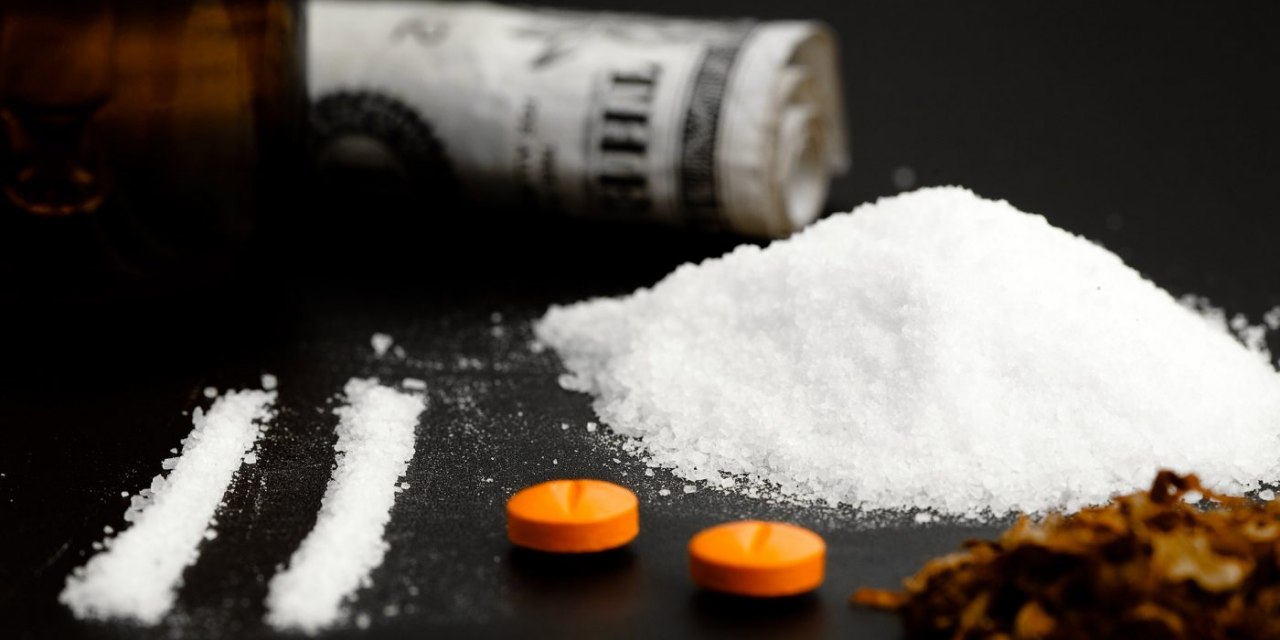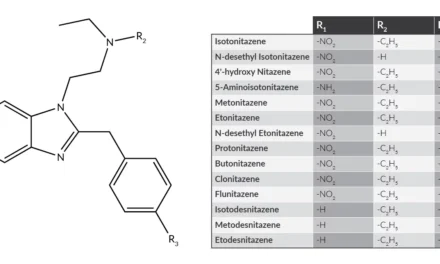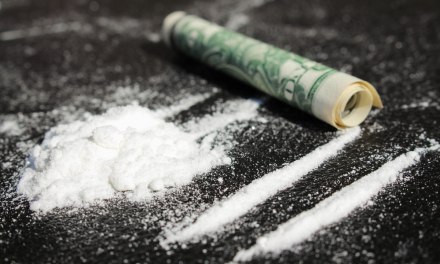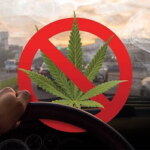There have been a number of recent articles on the resurgence of methamphetamine around the US — including in areas where meth use has historically been low. Two examples:
A New Drug Scourge: Deaths Involving Meth Are Rising Fast
Meth is Cheaper, More Potent, and More Common Than Ever
Meth users now outnumber heroin and cocaine users in many parts of the country. This rapid growth is driven by the increased availability of higher-quality product at lower prices. Distribution isn’t a problem; suppliers simply make use of the network that already exists. Easy to plug meth into the channels that carry heroin, coke, and cannabis to black market customers.
We in the Southwest are accustomed to the difficulties involved in controlling the meth traffic. For one thing, it can be produced right here in the States, using available chemicals and circumventing any efforts at the border. Because it’s highly addictive, users quickly progress to IV use, putting themselves at risk for a variety of problems, not least of which is HIV/AIDS. Competition among gangs for market share can be every bit as fierce and violent as we’ve seen with cocaine and heroin.
Reports claim the new, more potent meth on today’s streets leads to much higher rates of unintended overdose, including the fatal kind. Chronic users are likely to show signs of serious cardiac disease. Examples have been found of ordinary street meth cut with opiates, principally fentanyl — a fatality in waiting.
Drug experts bemoan the lack of a methadone-like medication they can use to substitute for meth. There were repeated unsuccessful attempts to develop such a med during the cocaine and crack epidemics of the 70’s and 80’s. Stimulants aren’t characterized by a clearly defined, time-limited, opioid-like acute withdrawal syndrome. Where the heroin patient’s dependence can be transferred to another opioid medication, making further heroin use difficult (and discouraging users from dropping out of treatment), no such solution currently exists for methamphetamine. “Heroin withdrawal is like an awful bout of the flu,” one former patient, a screenwriter, told me. “Getting off methadone, that feels like dying.” Hyperbole, no doubt, but a common sentiment among maintenance clients.
Not that recovery from stimulant addiction is easier than from opioids. Drug hunger can be persistent, and may arrive unexpectedly, in waves that overwhelm the average person’s will to resist. “I was feeling a lot better, and then wham! like running into a brick wall. I was back on meth before I knew it.”
Hitting the Wall is a frequent description of the experience. It refers to a sudden return of intense craving and psychological distress akin to the very first days without the drug. The roots of this “Wall” may be both physiological– perhaps a rebalancing of disrupted neurochemistry– and psychological, in the form of conditioned behaviors reinforced over months and years of drug use. Sights, sounds, and other cues can activate a compulsion and spur impulsive relapse.
Last but not least, there’s the violence associated with chronic stimulant use. Where opioids depress the central nervous system, stimulant use can agitate it. Chronic users routinely report symptoms of irritability, loss of appetite, disrupted sleep, anxiety and panic, even bouts of rage. Reports of paranoia are common, and some users experience hallucinations, visual and auditory. Those are often paranoid too.
In the past, violent crime stats have reflected this. I learned there were 166 homicides in the District of Columbia in 2019, highest in a decade. That’s during an opioid epidemic, in a town where heroin has always been plentiful. Yet DC’s all-time record — an incredible 487 homicides — was set in the early ’90s, during a crack cocaine epidemic. Incarceration rates soared, in an effort to get the violence off the streets.
Of course we’ve been down this road with amphetamines too. More than once, in fact. Hopefully we’ll remember some of the lessons learned.
I’ll end here with a link to a remarkable book of photos by a onetime meth addict who documented his experience before going onto recovery. He’s since become a successful filmmaker. The characters may have changed but the script, I suspect, remains the same:
From the frontispiece: “i was born in Tulsa Oklahoma in 1943. when I was sixteen I started shooting amphetamine. I shot with my friends every day for three years and then left town but i’ve gone back through the years. once the needle goes in it never comes out.”












